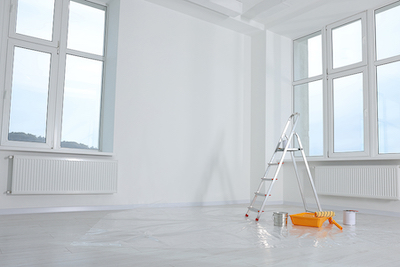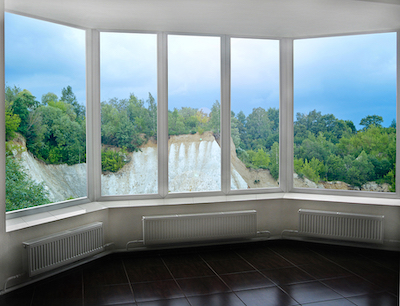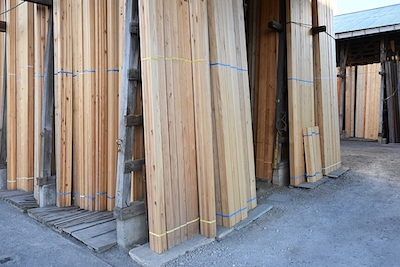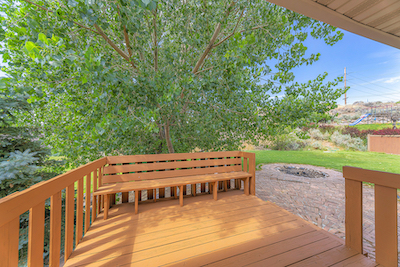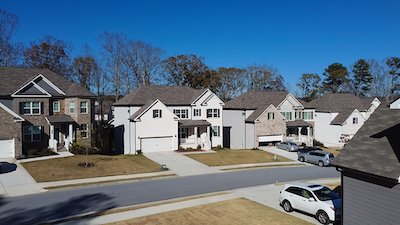When it comes to choosing the right paint finish, there are a variety of options available, each with its own unique set of benefits and drawbacks. Two popular options are semi-gloss and flat paint, which differ in terms of sheen and reflectivity. In this article, we will explore the key differences between these two types of paint and help you determine which is the best option for your project.
Semi-Gloss Paint
Semi-gloss paint has a shiny, reflective finish that is created by the addition of a higher percentage of binder to pigment. This type of paint is often used in high-traffic areas, as it is more durable and easier to clean than flat paint. It is also a popular choice for trim work, doors, and cabinets, as the sheen helps to highlight the details of the woodwork.
One of the main advantages of semi-gloss paint is its durability. The higher percentage of binder in the paint formula makes it more resistant to scratches, stains, and scuffs. This makes it a great option for high-traffic areas, such as hallways, bathrooms, and kitchens, where surfaces are likely to be bumped or touched frequently. Additionally, semi-gloss paint is water-resistant, which makes it ideal for use in areas that are exposed to moisture, such as bathrooms and kitchens.
Another benefit of semi-gloss paint is its ease of cleaning. Because it has a smooth, non-porous surface, dirt and grime can be easily wiped away with a damp cloth. This is especially useful in areas that are prone to getting dirty, such as kitchens and bathrooms.
Semi-gloss paint also has some drawbacks. One of the most notable is its reflective quality, which can make imperfections in the surface more noticeable. This can be a problem if the surface being painted is not perfectly smooth, as any bumps or ridges will be highlighted by the sheen of the paint. Additionally, semi-gloss paint can be more difficult to apply than other finishes, as it tends to show brush marks and roller stippling more easily.
Flat Paint
Flat paint, on the other hand, has a matte finish that is created by the addition of a higher percentage of pigment to binder. This type of paint is often used in low-traffic areas, as it is less durable and harder to clean than semi-gloss paint. It is also a popular choice for ceilings and walls, as the lack of sheen helps to hide imperfections in the surface.
One of the main advantages of flat paint is its ability to hide imperfections in the surface being painted. Because it has a matte finish, it does not reflect light in the same way as semi-gloss paint, which makes it less likely to highlight bumps, ridges, or other imperfections. This makes it a great option for use on walls and ceilings, where small flaws in the surface may be more noticeable.
Another benefit of flat paint is its ease of application. Because it has a less reflective surface, it is less likely to show brush marks or roller stippling, which makes it easier to achieve a smooth, even finish. Additionally, flat paint tends to have better coverage than semi-gloss paint, which means that fewer coats are needed to achieve the desired level of opacity.
However, flat paint also has some drawbacks. One of the main ones is its lack of durability. Because it has a higher percentage of pigment and a lower percentage of binder, it is more prone to scratches, stains, and scuffs. This makes it a poor choice for high-traffic areas or areas that are exposed to moisture, such as bathrooms or kitchens.
Another drawback of flat paint is its difficulty to clean. Because it has a more porous surface, dirt and grime can be more difficult to remove. This means that it may not be the best option for areas that are prone to getting dirty or that require frequent cleaning, such as kitchens or bathrooms.
Which Should You Choose?
When choosing between semi-gloss and flat paint, there are several factors to consider. The first is the location of the area being painted. If it is a high-traffic area or an area that is prone to getting dirty or exposed to moisture, such as a bathroom or kitchen, then semi-gloss paint may be the better option. If the area being painted is a low-traffic area, such as a bedroom or living room, then flat paint may be the better option.
Another factor to consider is the condition of the surface being painted. If the surface is smooth and free of imperfections, then semi-gloss paint may be the better option, as it will help to highlight the details of the surface. If the surface has imperfections or is not perfectly smooth, then flat paint may be the better option, as it will help to hide these imperfections.
Finally, consider the overall aesthetic you are trying to achieve. If you want a shiny, reflective finish, then semi-gloss paint may be the better option. If you want a more subtle, understated finish, then flat paint may be the better option.
In summary, both semi-gloss and flat paint have their own unique set of benefits and drawbacks. Semi-gloss paint is more durable and easier to clean, making it a great option for high-traffic areas and areas that are exposed to moisture. Flat paint, on the other hand, is better at hiding imperfections and is easier to apply, making it a great option for low-traffic areas and areas with less-than-perfect surfaces.
Ultimately, the choice between semi-gloss and flat paint will depend on your individual needs and preferences. By considering factors such as the location of the area being painted, the condition of the surface, and the overall aesthetic you are trying to achieve, you can make an informed decision and choose the right paint finish for your project.










